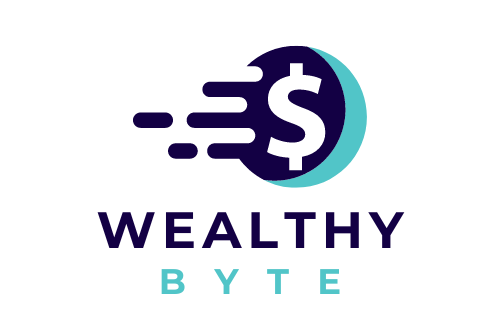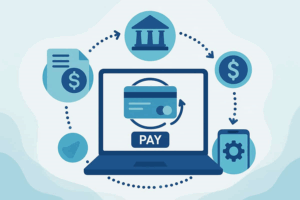
Cryptocurrency continues to gain in popularity with people using it as a means of investment as well as a store or transfer of value. But, while crypto offers greater privacy and security than traditional payment methods, using it can be more difficult than using a bank account. To acquire cryptocurrency, users can mine it, buy it, or earn it, and they will need a secure storage solution that also enables the spending and use of the cryptocurrency.
Cryptocurrency Options
There are already thousands of cryptocurrencies on the market, and many more are launching every month. This has become especially true since the introduction of launch pads, which are platforms that make the establishment of new meme coins, such as those listed at coins.meme/, easier. The variety of coins offers a good choice to users, but different coins require the use of different software, so you do need to check compatibility when selecting a wallet, an exchange, or mining software.
Crypto Mining Software
Crypto mining has become less profitable, but it is still a viable option in some cases. However, you will likely have to choose a crypto other than Bitcoin for a home mining operation. The likes of Dogecoin, Ethereum Classic, and Monero can still be mined profitably using a home CPU or GPU. Some of the best CPUMiner, MultiMiner, and GMiner are some mining software solutions to choose from.
Purchasing Crypto
Alternatively, you can buy cryptocurrencies. It may be possible to buy some currencies directly from the projects, while certain types of blockchain projects, like NFTs, are bought from specific marketplaces. Most traders and investors, however, use cryptocurrency exchanges to buy their crypto holdings. When it comes to exchanges, there are two basic types.
Decentralized Exchanges
Decentralized exchanges, known as DEXs, are peer-to-peer marketplaces. Investors trade directly with one another and there is no central platform to manage the deals.
They can use smart contracts, which automate the sale and acquisition to help ensure secure trades, but buyers and sellers agree on prices between themselves and initiate the trade without third-party help. DEXs are not the best choice for novice crypto users.
Centralized Exchanges
Centralized exchanges like Coinbase, Binance, and Kraken operate similarly to foreign exchange markets. When users register, they are given an account that can be used to store cryptocurrency, although coins should never be stored for long periods. Prices are determined by the market and updated live, while transactions are initiated and completed by the market, rather than by individuals. Users should choose a centralized exchange based on regional availability, liquidity, and cryptocurrency availability.
Earning Cryptocurrency
There is a third way for investors to acquire cryptocurrencies – by earning it. Some companies and projects offer airdrops, which are drops of Bitcoin and other cryptos sent to certain users. Some games and apps offer crypto-earning opportunities, and there are fintech platforms that offer cryptocurrency lending and staking opportunities, although staking does require the user to have cryptocurrency in the first place. Most earning opportunities require users to have access to specific crypto wallets.
Crypto Wallets And Storage
Whether you’re mining, buying, or even earning cryptocurrency from apps and software, you need a means of storing the cryptocurrency. Four common options are considered viable – exchanges, software wallets, hardware wallets, and custodial storage solutions.
Crypto Exchanges
Most centralized exchanges offer free hot wallets to their customers. These can be used to store cryptocurrency, and this is the solution that most new investors and buyers use. Storing crypto on an exchange is convenient and simple. The user just needs a crypto exchange account and any coins purchased via the market will be added to their account.
It is also possible to transfer crypto from other locations to the exchange wallet. However, it isn’t recommended for investors with large portfolios, or for long-term storage.
Software Wallets
Software wallets can be desktop or mobile app-based. Using a wallet means the user retains their own private keys, which gives greater ownership and provides more options when it comes to transferring cryptos. Presale tokens and NFTs also need to be stored in a wallet. Software wallets are more secure than exchange wallets, but they are connected to the Internet so there is still some degree of risk involved.
Hardware Wallets
Hardware wallets look like flash drives, but they contain blockchain software, store private keys, and do not connect to the Internet. These cold wallets are considered one of the most secure storage methods, and hardware wallets are commonly used by investors who have large crypto portfolios.
Custodial Storage
Custodial storage is meant as a long-term storage solution for investors. The custodial service holds the private keys to a client’s crypto and keeps them in a secure, cold storage solution. Access to your crypto is somewhat restricted when in custodial storage, but it is a secure and long-term solution that is used by businesses and major investors because of the level of security it offers.

















